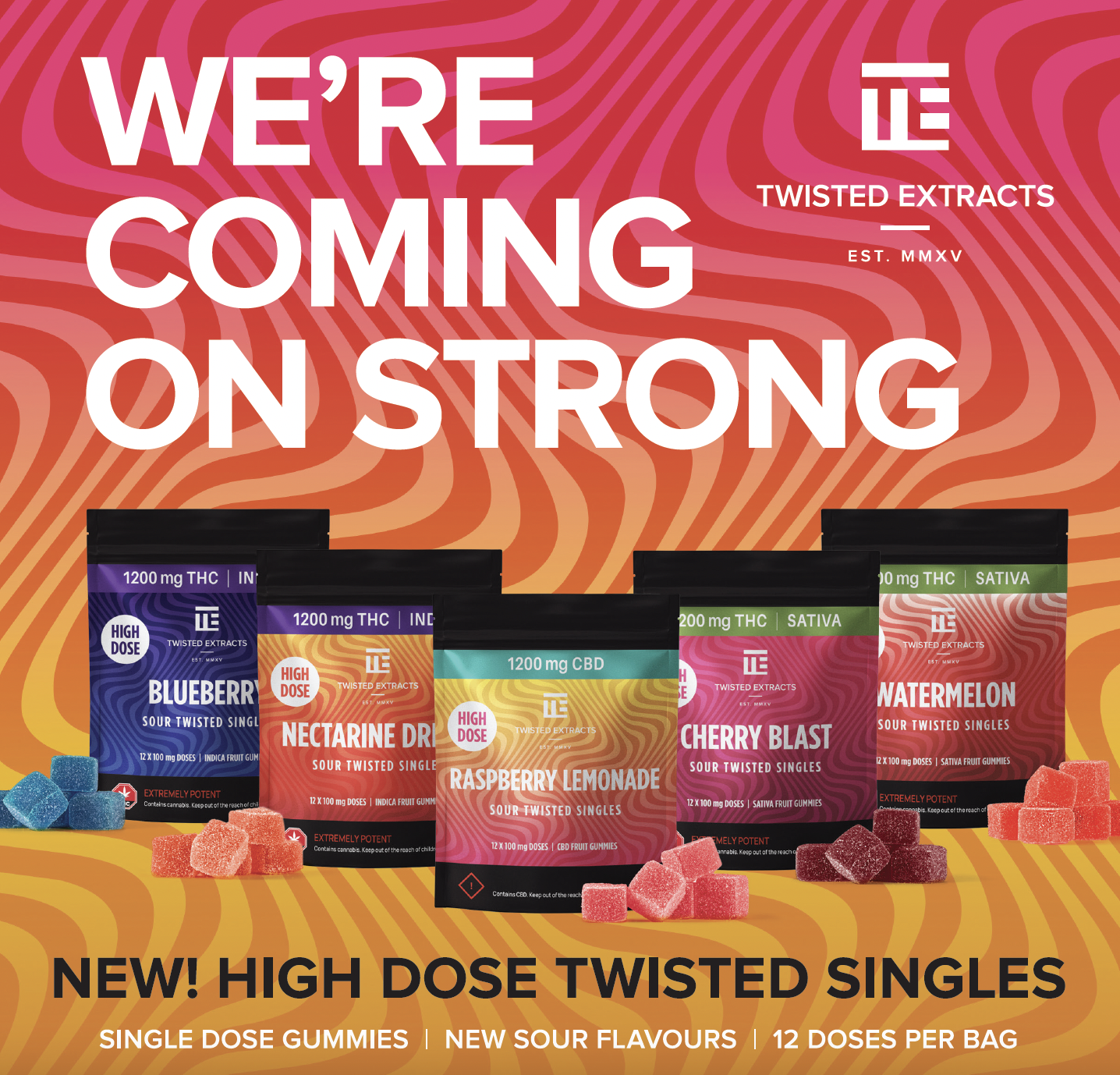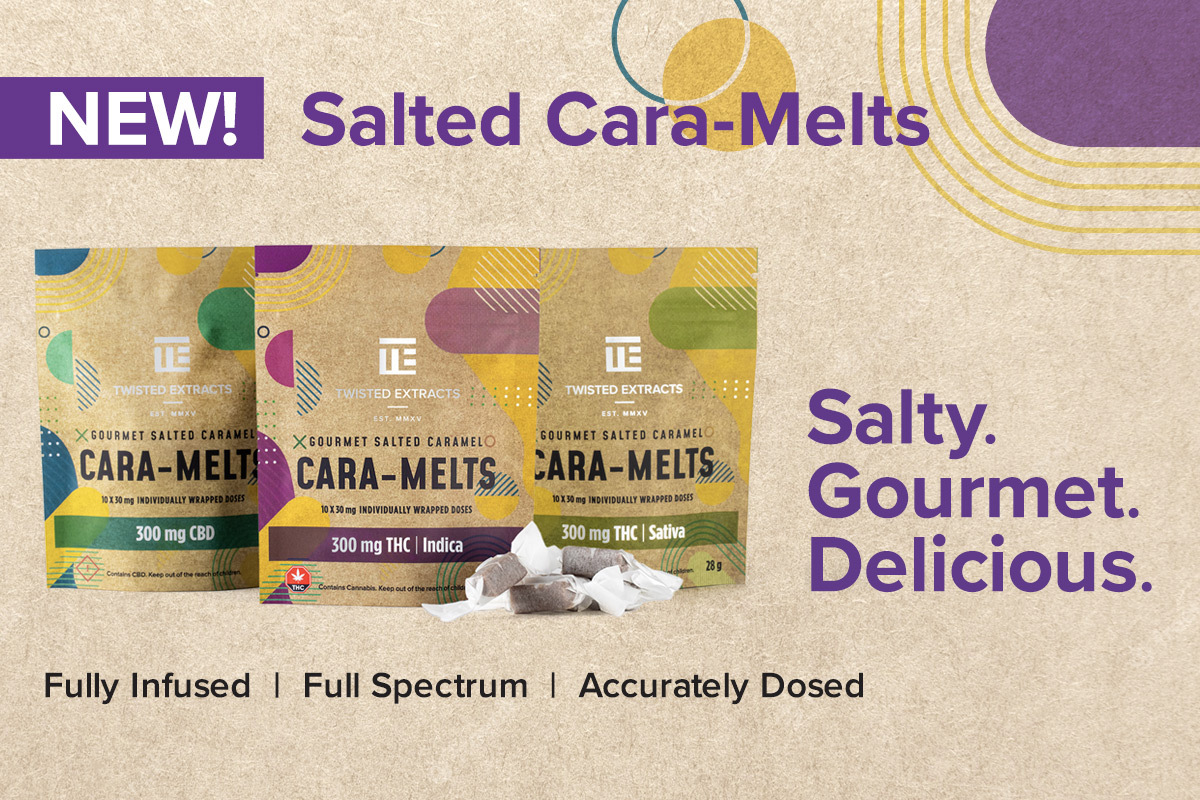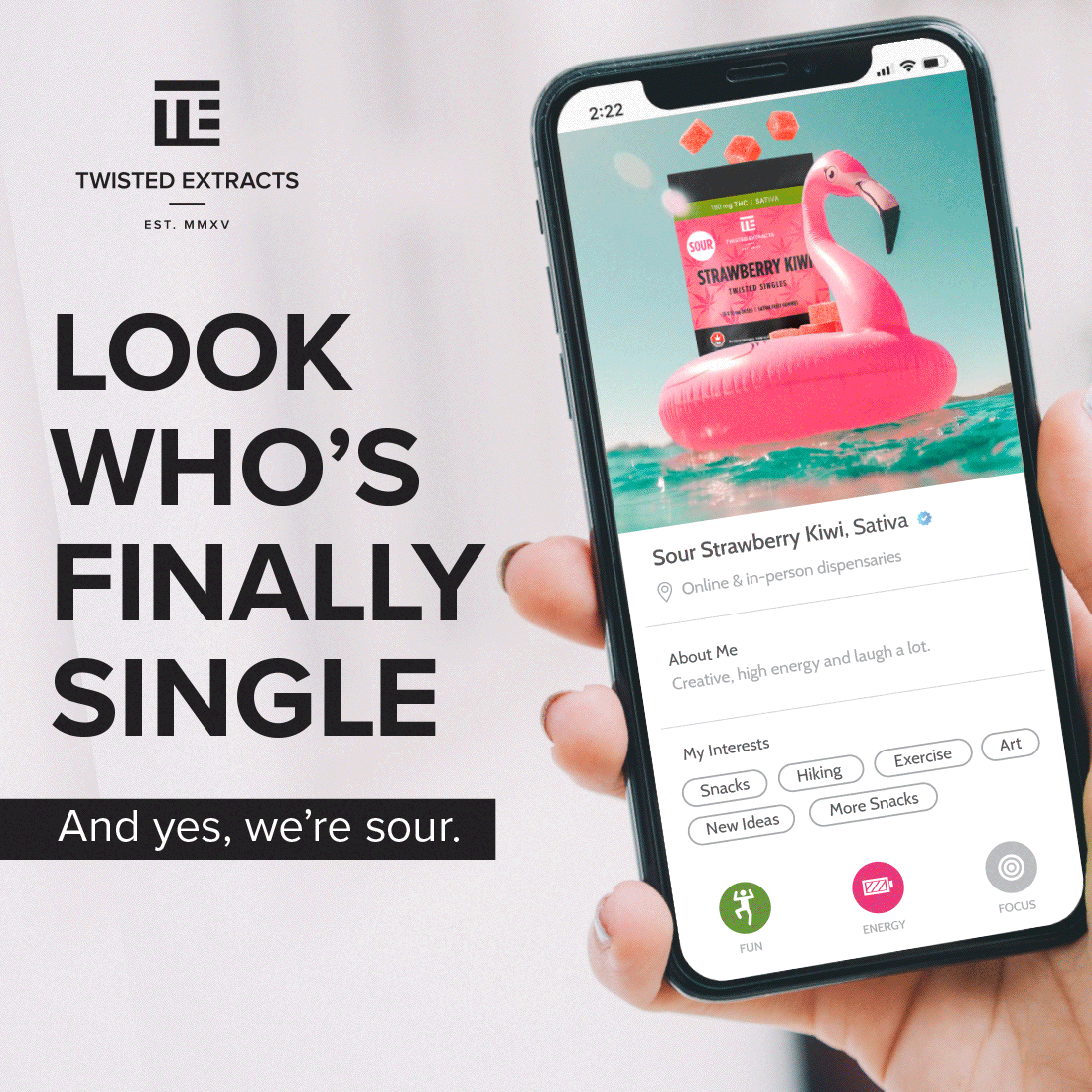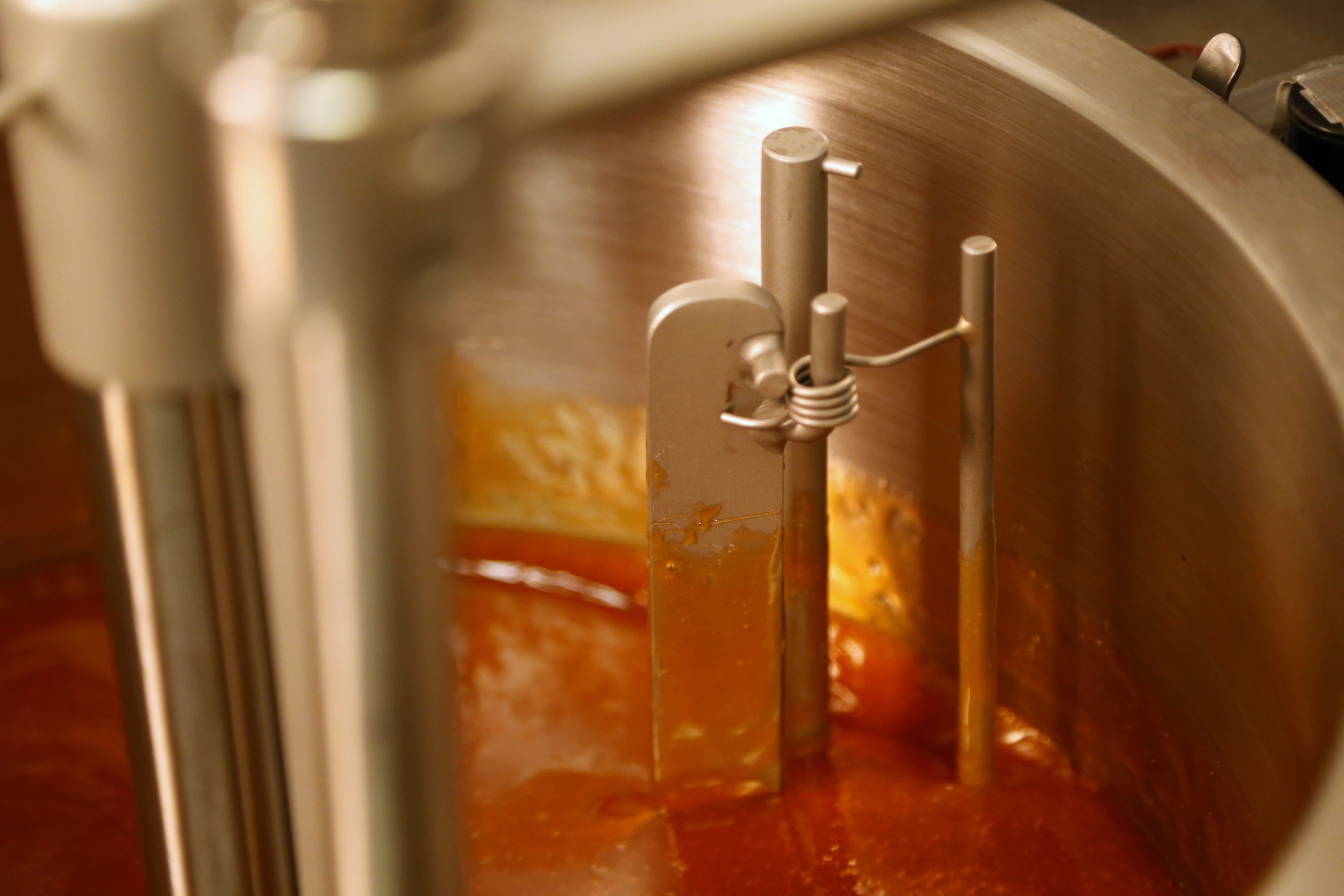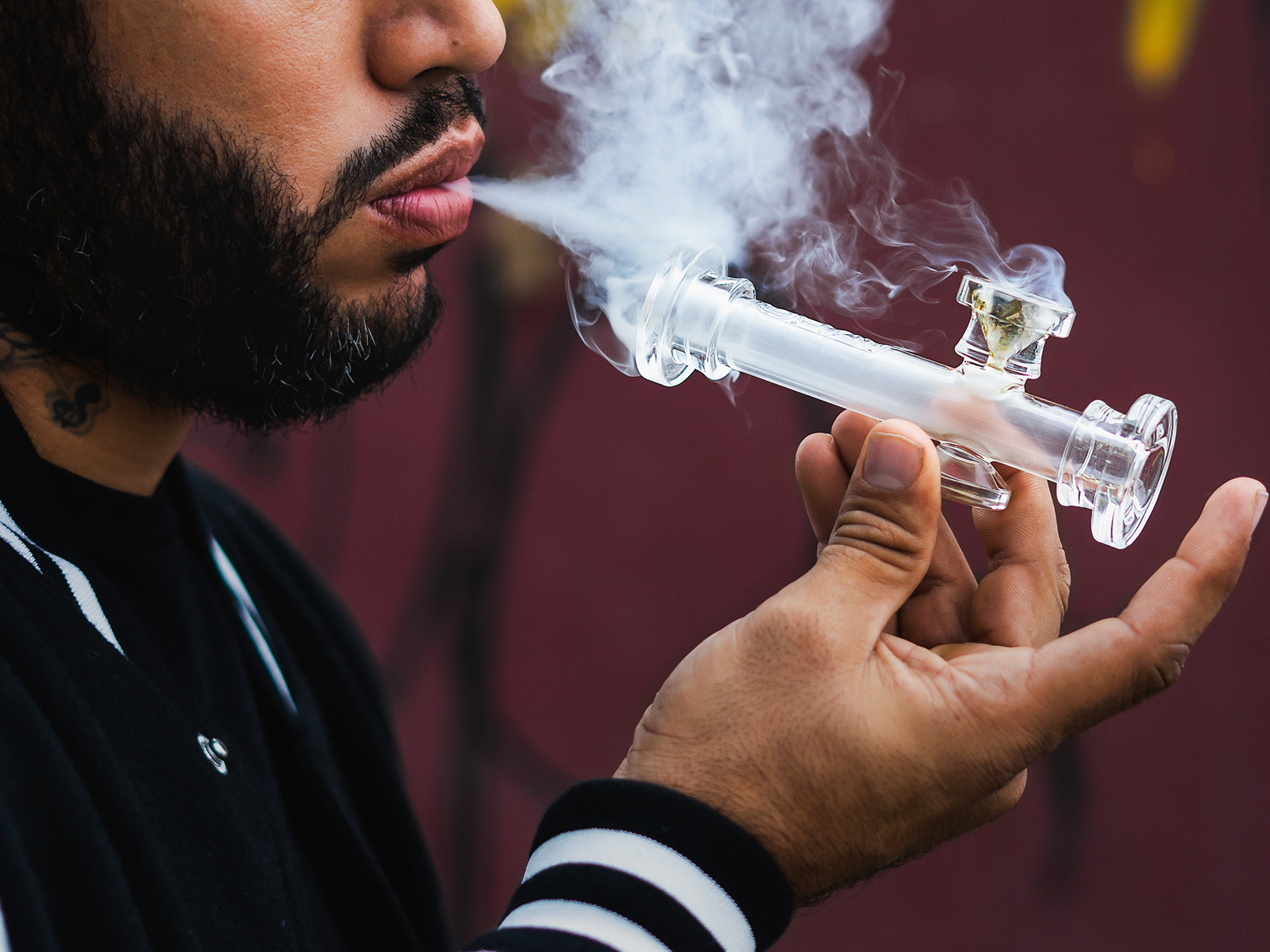
Inhale it, ingest it, or rub it into your skin: there is no right way to get your cannabis fix. Each of the ways to get cannabis into the body delivers different experiences and effects. Add that everyone reacts differently and has their own preferences and needs and there’s only one conclusion: there is no one “best” way to consume cannabis.
Smoking and vaping yield faster effects than edibles, and topicals bring benefits to specific spots. And for specific attributes, oils and tinctures are often the best choice.
The beauty of all that variety is that it’s possible to find the perfect delivery method for your specific needs. But that means sorting through all the info. To help we’ve put together some guidelines to the most common ways of delivering cannabis.
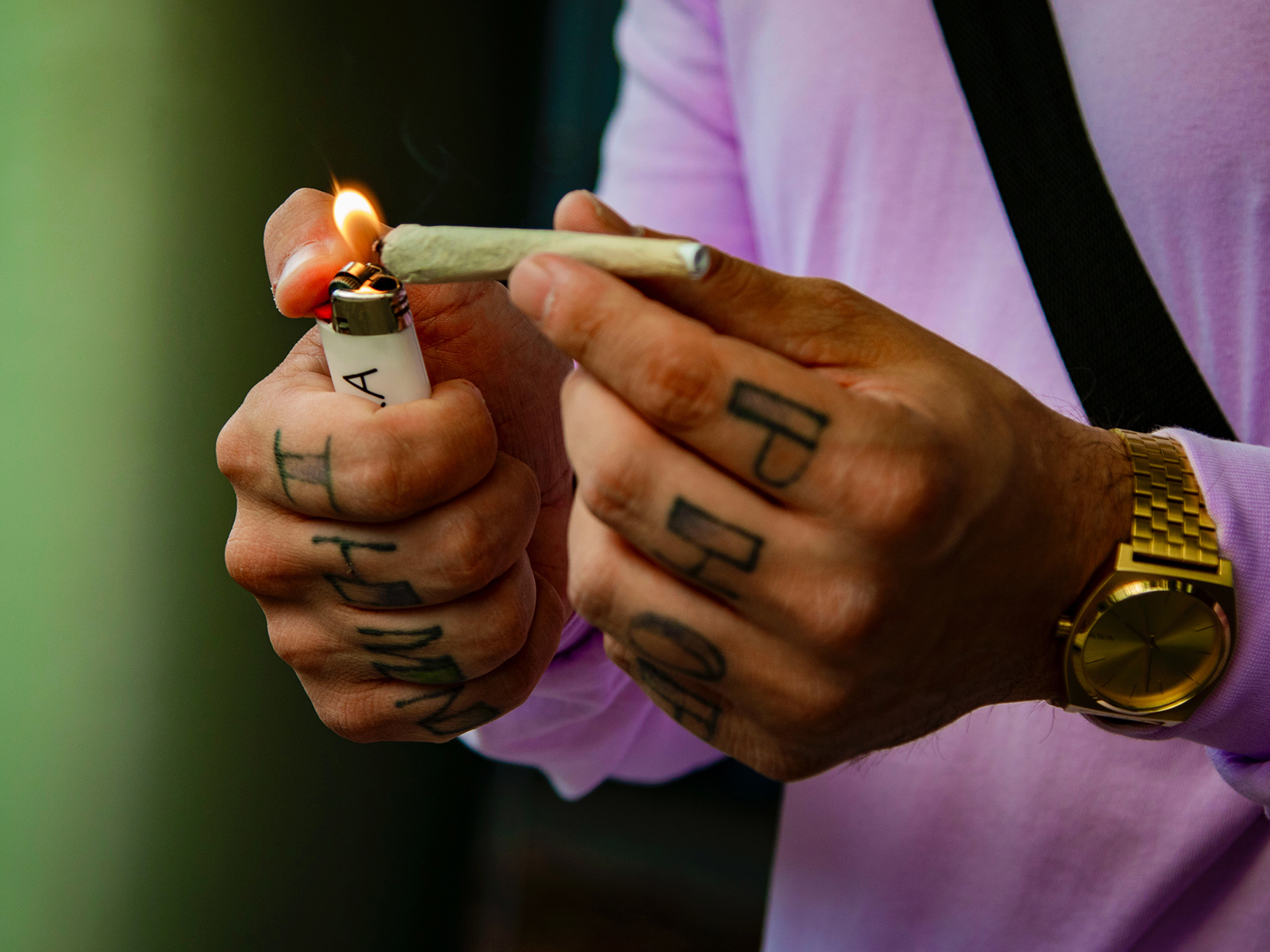
Smoking
The oldest, and probably most common, way of using cannabis is by smoking the dried flower. Done in a startling variety of creative ways – from rolling paper to apples, pipes to bongs – they all use fire to combust the cannabis, releasing CBD and THC in the smoke. Sucked into the lungs it’s absorbed into the blood stream.
Variations: There’s lots of ways of smoking cannabis: dabbing, bongs, blunts, knives, pipe, joints.
Pros: The most control over strain and source. Inexpensive.
Cons: Smelly and has health risks, particularly for the lungs. Inconsistent dosing. Within the same strain, flowers vary in potency and it’s hard to suck in the same amount of smoke every time.
Onset: Within seconds or minutes.
Duration: One to three hours with a peak within 30 minutes.
Best for: Quick absorption.
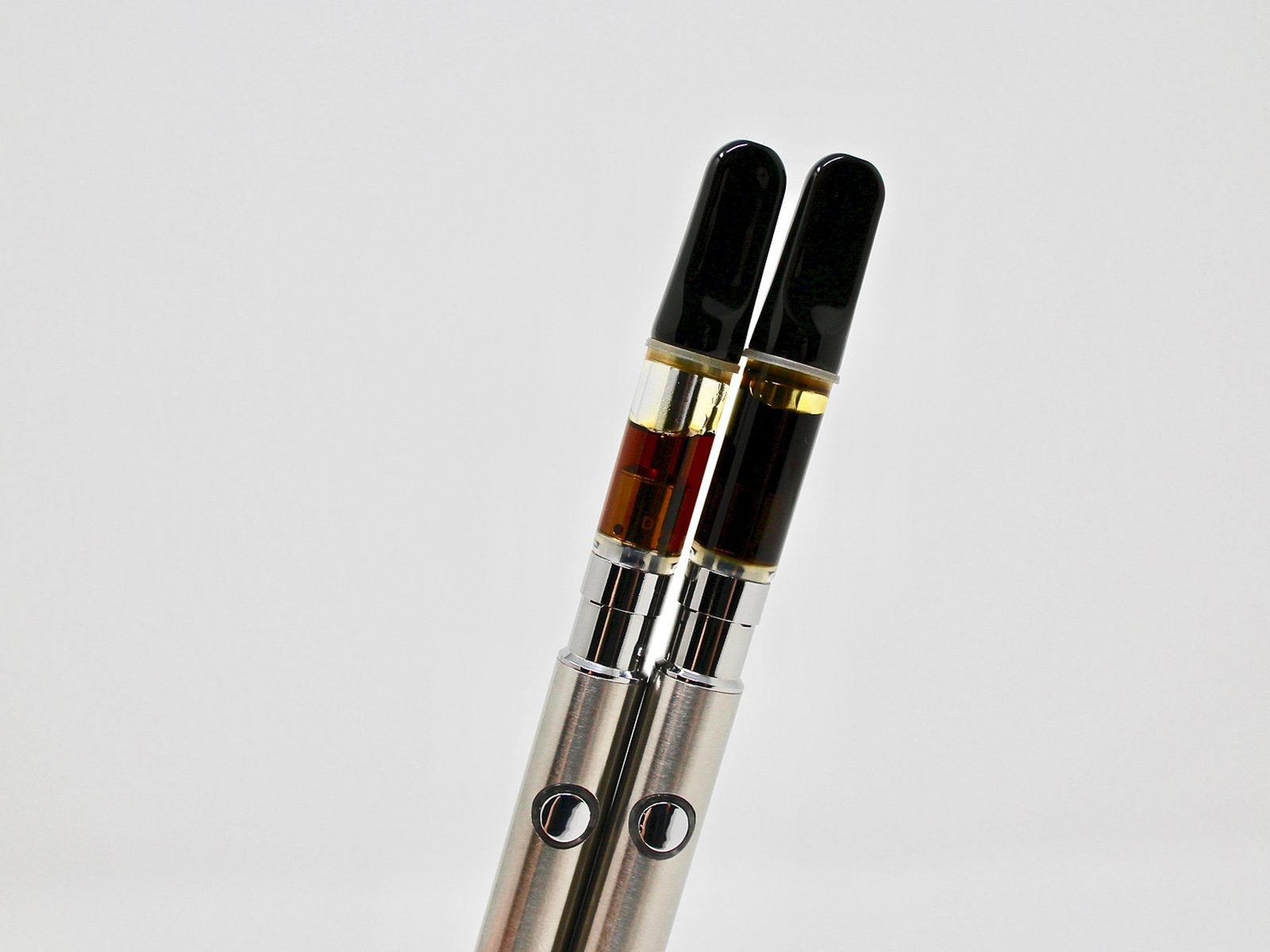
Vaping
An alternate form of inhalation, vaporizers use an electric element to heat marijuana, rather than burn it, producing a gas instead of smoke. Vaporizers keep getting smaller, making them more convenient and discreet.
Variations: Vapes come in a variety of sizes and styles. Some burn flower, others oil and some use pre-filled capsules.
Pros: Less odor and less harmful than smoking. Cartridges and oils can be very powerful.
Cons: Cost. The upfront cost of buying a vaporizer is much more than any other method. Caution needed when buying cartridges and oil to ensure it comes from a safe source.
Onset: Within seconds or minutes.
Duration: One to three hours with a peak within 30 minutes.
Best for: Fast effects without the smell.
Edibles
From homemade cookies to manufactured pills, there is huge variety in cannabis edibles. Once ingested, the cannabinoids enter the body through the stomach and then liver.
Variations: Cannabis is turning up in an ever more diverse range of foods and beverages, pills and gummies. Professional and amateur chefs are adding it as a flavour or mood enhancer to everything from salad dressing to cookies.
Pros: Diverse selection for variety of tastes. Discreet and convenient. Effects last longer than other delivery methods. Easy to dose in quality manufactured products.
Cons: Slower onset not ideal for all needs. Easy to over consume because of the delayed onset. Homemade items are harder to dose.
Onset: Anywhere from 15 minutes to two hours, depending on metabolism and how much food is in the stomach.
Duration: From four hours to a full day.
Best for: Long lasting effects and those opposed to inhalation.
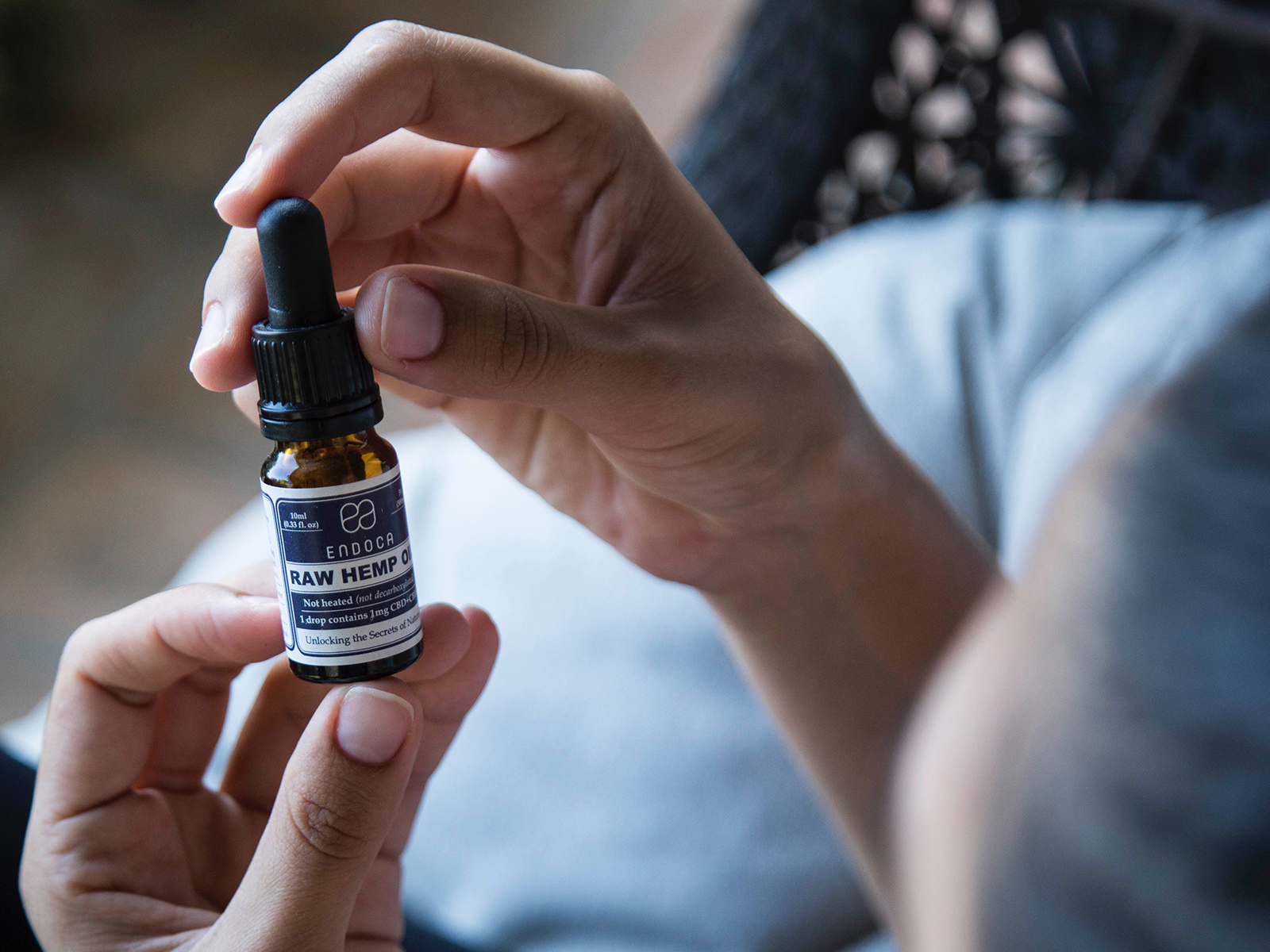
Tinctures
Commonly used before prohibition, tinctures are experiencing a revival with legalization. They’re made by extracting the cannabinoids from the flower with heat and an alcohol carrier. Users ingest the tincture in the mouth where it quickly passes into the blood stream.
Variations: Typically drops and sprays.
Pros: Discreet and easy to consume with no odor. Fairly fast onset. Available with harder to access cannabinoids such as THC-A, CBG and CBN.
Cons: Shorter shelf life and need care because light, heat and oxygen degrade the THC content. The presence of alcohol turns off some.
Onset: Felt within minutes, usually peaking within 30 minutes.
Duration: Two to four hours.
Best for: Discreet, fast onset for harder to access cannabinoid benefits.
Topicals
Used for thousands of years in ayurvedic medicine. Rub cannabis-infused products on the skin for localized and focused treatment. They work well for treating pain, inflammation, arthritis, bone fractures, skin conditions, cramping and migraines.
Variations: They come in many applications: creams, lotions, salves and balms, as well as transdermal patches that stay on for hours.
Pros: Easy to target specific areas of the body. Long lasting, particularly in patch form. Very discreet.
Cons: A lot of variety in quality and concentrations of healing benefits.
Onset: Five minutes to two hours
Duration: Up to 12 hours
Best for: Localized treatment of pain, inflammation or skin conditions.
Concentrates
One of the broadest categories of cannabis products, concentrates are exactly how they sound – concentrated cannabinoids extracted from the cannabis plant. Some concentrates are consumed by smoking or vaporizing while others are ingested.
Variations: Hash, shatter, phoenix tears (oral syringes containing a molasses-like substance), budder, CO2 oil, wax, etc.
Pros: Concentrated, so only need small amounts. Long lasting. Well suited to isolating specific compounds for specific medical treatments.
Cons: Standard doses are very small quantities which can make it easy to over consume.
Onset: Immediate to 2 hours. The onset depends on the method of consumption (smoking = shorter, ingesting = longer).
Duration: 2 to 8 hours on average.
Best for: High potency needs and strong effects. Medical use, particularly treating cancer.
Did you like this article?
Sign up for our newsletter to make sure you're in the know about all of our new product releases, contests and more.


